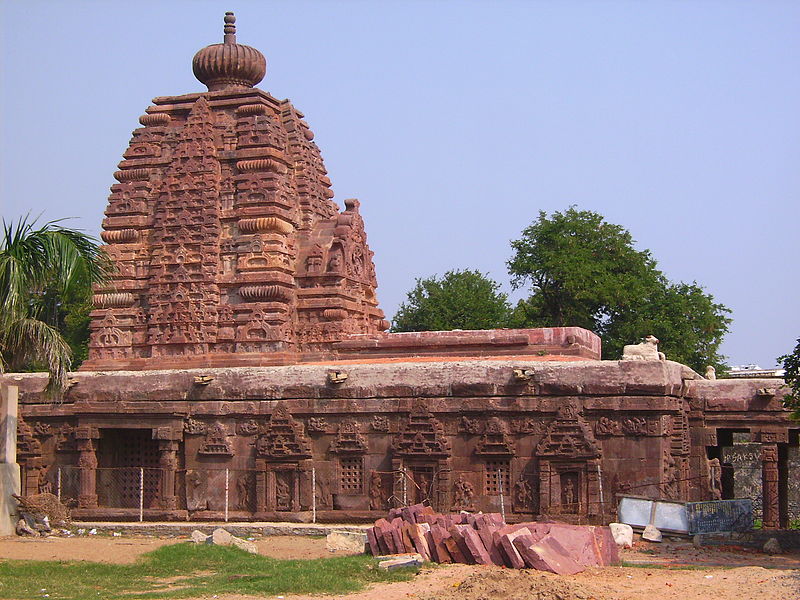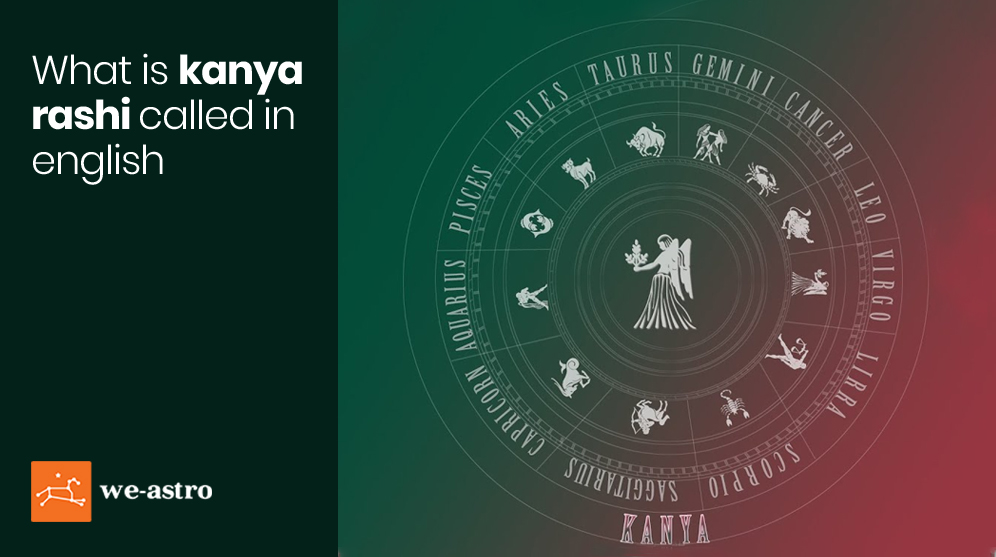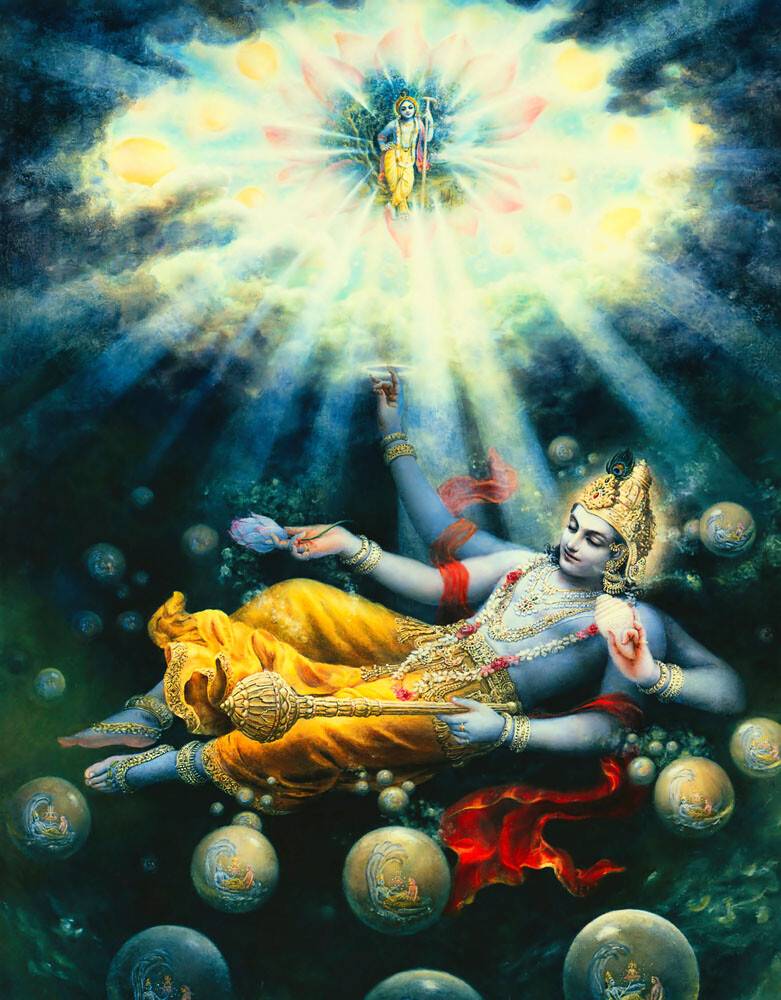Unveiling the Divine Mysteries: A Journey through Sacred Symbols in Hinduism
Explore the rich symbolism of Hinduism, delving into sacred symbols like Om, the Swastika, and Lotus, unveiling their profound meanings and significance.

Hinduism, often referred to as Sanatana Dharma, is one of the oldest religions in the world, with a rich cultural and symbolic heritage that has been passed down through the generations. These symbols hold deep meaning and serve as a visual representation of the religion's core beliefs. In this post, we will explore the significance of some of the most prominent symbols in Hinduism and their role in the spiritual journey of its followers.
One of the most recognizable symbols in Hinduism is the Om or Aum symbol. Consisting of three Sanskrit letters, it represents the sacred sound that is believed to be the source of all existence. The Om symbol is often used in meditation and is considered the spiritual essence of the universe. It is believed to encompass the three states of consciousness: waking, dreaming, and deep sleep, as well as the three realms of existence: the physical, the subtle, and the causal.
Another important symbol in Hinduism is the Swastika, which represents prosperity and good fortune. It is often drawn on the doors and walls of homes and temples as a symbol of auspiciousness. However, it is important to note that the Hindu swastika is distinct from the Nazi swastika that has been tainted with hatred and violence. The Swastika in Hinduism signifies the eternal cycle of life, with its four arms representing the four directions and the four stages of life.
The lotus flower is another significant symbol in Hinduism, representing purity, beauty, and spiritual awakening. Often associated with the Hindu gods and goddesses, particularly Vishnu and Lakshmi, the lotus symbolizes the soul's journey towards enlightenment. As the lotus flower grows through muddy waters and emerges unblemished, it serves as a reminder that one can rise above the material world and attain spiritual purity.
Lastly, the Trishul or trident is a powerful symbol in Hinduism, representing the trinity of creation, maintenance, and destruction. It is typically associated with Lord Shiva, the destroyer of ignorance and one of the main deities in Hinduism. The Trishul symbolizes the balance between the forces of the universe and the spiritual power that can overcome worldly obstacles.
In conclusion, the symbols of Hinduism are not just mere representations, but they carry profound meanings connected to the religion's teachings and traditions. These symbols serve as a visual reminder of the rich cultural and spiritual heritage of Hinduism that has been passed down through generations, guiding its followers on their path towards spiritual enlightenment.




